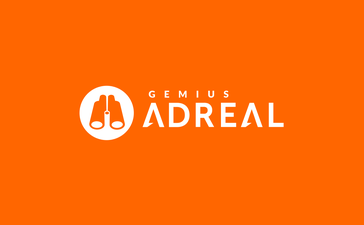
Is Flash on its way out?
The first downside is people. Through years of domination, Flash managed to educate a multitude of specialists who are now forced by the situation to retrain to some extent. This, as you might guess, is not easy and will not happen overnight. There are still relatively few professional HTML5 developers, which often results in a number of errors being made in preparing creations. These errors cause problems later on with emissions or measurements. Like any scarce commodity, the HTML5 programmer's work will for some time to come be more expensive than the work of their colleagues programming in Flash, but the situation will even out over time.
The second downside is weight. Unfortunately, in this respect Flash is much more efficient, which in effect can even mean advertising creations a few dozen percent heavier – this can translate directly into higher emission costs. But this is not such a significant component of total advertising spending as to warrant talk of a major change.
Traffic from browsers that don't support Flash is growing
The question is, how important is this phenomenon? Data from Gemius shows that we are constantly seeing an increase in traffic from browsers not supporting Flash. At the beginning of the year this was around 15 per cent of views generated by internet users (source: gemiusTraffic). It's now 22 per cent of views. This means that more than one in five potential contacts with an ad are not realized due to the limitations of Flash technology. It is this situation that forced ad server service providers to ensure an alternative in the form of full support for HTML5 technology.
The tool for monitoring and testing the effectiveness of a campaign, delivered by Gemius, has for a long time fully supported creations prepared in HTML5, ensuring simple implementation and full measurement of effectiveness. The highest quality and compliance with global standards have recently been confirmed by leading global publishers such as Google and YouTube, who recognized gemiusDirectEffect with the certificate of conformity and placed the company on their list of tested partners.
Blocking Flash has no effect on browser popularity
There is no observable effect of blocking Flash in particular browsers on their market share, either worldwide or in Poland, which can be interpreted as an indication that the plugin is not of such importance for users that the lack of support for that technology would convince them to change browsers.
Publishers already have the solution
From the point of view of major publishers these changes also seem to be running smoothly – they have been providing users who don't have Flash support with access to their services for a long time; as a result, disabling this functionality at browser level is virtually unnoticeable to the final recipient.
Change for the better
The new era may well be slightly more expensive (at least in the first phase); however, it will lead to increased security and the improvement in quality of prepared creations, as well as the satisfaction of both users and advertisers.


